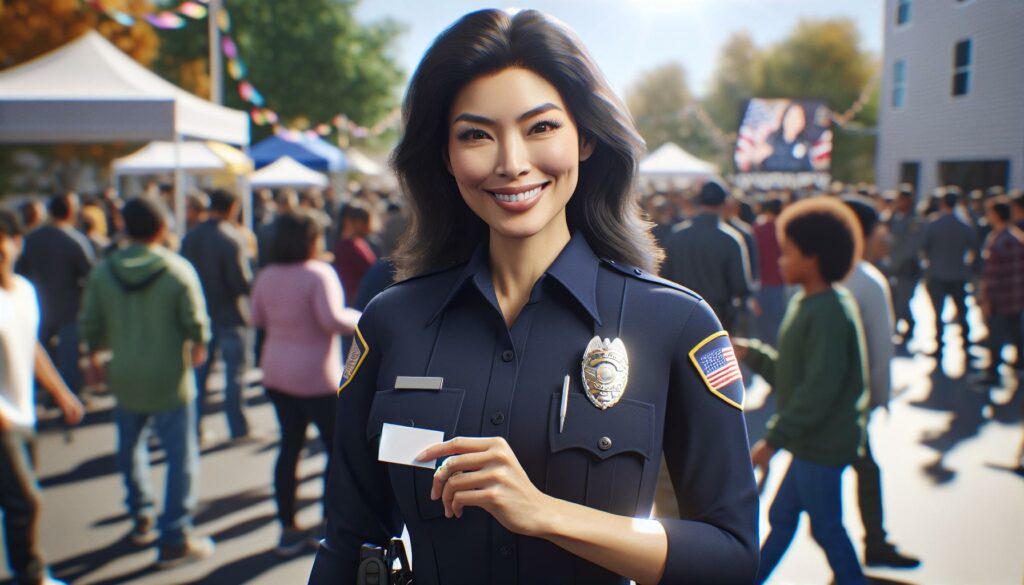In today’s fast-paced world, first impressions matter more than ever. For law enforcement professionals, a well-designed business card can serve as a powerful tool for establishing credibility and fostering trust within the community. It’s not just a piece of paper; it’s a representation of authority and a commitment to service.
I’ve seen how a simple business card can open doors for communication and collaboration. Whether it’s connecting with community members or networking with other agencies, these cards play a crucial role in building relationships. In this article, I’ll explore the essential elements of effective law enforcement business cards and how they can enhance professionalism in the field.
Key Takeaways
- Establish Credibility: Law enforcement business cards enhance professionalism, serving as tangible representations of authority and commitment to service.
- Build Community Trust: Business cards facilitate introductions and communication, enabling officers to foster personal connections and open dialogues with community members.
- Include Essential Information: An effective business card should clearly display the officer’s name, rank, contact details, agency logo, and departmental information to ensure transparency.
- Focus on Design Elements: Aesthetic choices such as color schemes, font readability, and balanced layouts are crucial for creating a professional image and enhancing card utility.
- Promote Networking Opportunities: Strategic distribution of business cards at community events helps officers connect with residents and local leaders, improving community engagement and collaboration.
- Implement Best Practices for Distribution: Carrying cards at all times and using targeted distribution methods increase visibility and accessibility, reinforcing the officer’s commitment to community service.
Law Enforcement Business Cards
Law enforcement business cards serve as vital tools for professionals within the field, playing a crucial role in communication and outreach. These cards convey essential information, including the officer’s name, rank, contact details, and agency logo. A thoughtful design enhances the card’s effectiveness, contributing to a positive first impression and fostering community trust.
Business cards exemplify authority and professionalism, reinforcing the officer’s commitment to serving the public. They often include additional information, such as community engagement initiatives or specialized roles within the department. Well-crafted cards create opportunities for dialogue and collaboration between law enforcement and the communities they serve, emphasizing a commitment to transparency and accessibility.
When considering design elements, I find that clarity and simplicity are paramount. Using readable fonts and a layout that balances images and text enhances functionality. Officers can also personalize their cards by including badges or mottos that represent their department’s values, making interactions more memorable. Overall, these elements contribute to a strong professional identity, crucial for fostering relationships within the community.
Importance of Law Enforcement Business Cards
Law enforcement business cards play a crucial role in establishing connections and enhancing the image of officers within the communities they serve. These cards serve as tangible representations of authority, commitment, and service.
Building Trust with the Community
Building trust with the community relies significantly on visibility and communication. Business cards facilitate introductions, allowing officers to present themselves in a professional manner. Through sharing business cards, I establish personal connections that reassure community members of my dedication to their safety. These cards provide vital contact information, creating channels for open dialogue and feedback, which fosters a sense of security and transparency.
Enhancing Professionalism
Enhancing professionalism is essential in law enforcement. A well-designed business card reflects my agency’s values and commitment to service. Including elements like the agency logo, rank, and clear contact details projects an image of authority and competence. The thoughtful use of design elements, such as balanced layouts and readable fonts, ensures that the message is clear and impactful. Personalized touches, such as department mottos or badges, further elevate my professional identity, making interactions more memorable for community members and colleagues alike.
Design Elements of Law Enforcement Business Cards
Design elements significantly impact the effectiveness of law enforcement business cards. Clear conveyance of information, the card’s aesthetic, and personalization enhance their utility and reinforce a professional image.
Key Information to Include
Including essential information ensures the card serves its purpose. Each card should contain:
- Officer’s Name: Clearly indicated to establish identity.
- Rank: Specifies authority within the department.
- Contact Details: Includes phone number and email for direct communication.
- Agency Logo: Visually represents the department’s branding.
- Department Details: Such as physical address or website for further engagement.
Incorporating these key elements increases the card’s effectiveness as a communication tool, fostering trust and open dialogue with community members.
Choosing the Right Aesthetic
Selecting an appropriate aesthetic influences how the card is perceived. Consider:
- Color Schemes: Use colors representing the agency’s identity, like blue or black, while ensuring readability.
- Font Choices: Choose readable fonts that convey professionalism and maintain clarity.
- Visual Layout: A balanced layout enhances readability, guiding the recipient through the information seamlessly.
- Additional Elements: Integrate symbols, badges, or mottos reflecting community engagement and departmental values.
Thoughtful aesthetic choices create a visually appealing card that resonates with community members, reinforcing both authority and approachability.
Effective Use of Law Enforcement Business Cards
Law enforcement business cards serve as essential tools for enhancing relationships with community members and fellow professionals. Their effective use can lead to improved networking and community engagement.
Networking and Community Engagement
Networking opportunities arise from the strategic distribution of business cards. Officers can use them to connect with community leaders, local businesses, and residents attending events. Cards communicate professionalism and approachability, encouraging open dialogues. When I share my card, it reflects my commitment to accessibility and engagement within the community. Moreover, participating in community events, such as festivals or town hall meetings, provides an excellent context for distributing cards, fostering trust and rapport. Establishing connections through these interactions creates a foundation for collaboration on community safety initiatives.
Best Practices for Distribution
Best practices in distribution directly influence the card’s effectiveness. Carrying business cards at all times enables spontaneous networking opportunities. I recommend offering cards when introducing myself or when community members ask about services. Personalizing the interaction by mentioning specific topics or concerns discussed during encounters can enhance retention of my contact information.
Utilizing targeted distribution methods, such as placing cards at community centers, schools, and local businesses, increases visibility. Officers can also include cards in departmental outreach materials or community newsletters to reach a broader audience. Ensuring cards are readily available in uniform pockets and during official duties maximizes opportunities for engagement, showcasing transparency and approachability.
Information Sharing
Law enforcement business cards are invaluable tools that go beyond mere information sharing. They embody professionalism and foster trust within the community. I’ve seen firsthand how a well-crafted card can facilitate meaningful connections and enhance communication.
When officers carry their business cards, they’re not just equipped with contact information; they’re ready to engage and reassure community members. The thoughtful design and strategic distribution of these cards can significantly impact the way law enforcement is perceived.
By prioritizing clarity and personalization, officers can create lasting impressions that resonate with the public. Ultimately, these small cards play a big role in building relationships and promoting transparency, making them essential in today’s law enforcement landscape.



